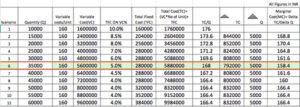Employee selection has been an area of focus and concern for organizations. The role of consultants in employee selection needs a closer look by organizations. Selection of right consultant, transparent communication and robust performance tracking could help organizations manage consultants and reduce lead time in selection while ensuring higher employee retention.
Do you sometimes take longer to fill positions or have a need to fill the same position few times or find it difficult to  attract the required talent despite engaging multiple external recruiters (I will call them consultants in my article). It may seem as though these consultants are not able to find suitable candidates and you may think finding newer ones may solve the problem.
attract the required talent despite engaging multiple external recruiters (I will call them consultants in my article). It may seem as though these consultants are not able to find suitable candidates and you may think finding newer ones may solve the problem.
You may be surprised to note that more than 90% of the positions filled are in fact replacement positions. This sort of explains the problems faced by our industry in talent management. When companies are busy finding replacements, where would they have time to groom them and develop them. When companies are grappling with an issue of such magnitude, looking to consultants for help may not solve the problem.
Though there are no ideal metrics, I feel that if you take more than 60 days to shortlist and issue offer letter to the successful candidate, your hiring process needs an introspection. In this article I would like to write about how you could better manage the consultants so that you not only get the right candidates but also get them on time and at right cost.
Why are you filling a position?
The first question that you may want to ask is why I am hiring a position. Can this be done by someone inside through job enlargement or job sharing. Could part of the job be eliminated or even outsourced (if it is mundane or very niche). It is a good practice to see if you could find someone internally who could fit. Also asking these questions helps you to be very clear on the requirement. There could be several cases where you start the hiring process only to stop it midway and put the position on hold. Remember every hiring activity that you do costs the company and you may need to be judicious
How could I best fill the position?
What options do you have once you have looked at your internal talents? You could look at employee referrals, database, company website, job portals, job fairs, campus recruitment or look at consultants. Remember you need to maintain a healthy mix of sources in hiring if you want to get a diver set of employees. Each source has its own advantage but also comes with its downside. Job portals might be good at getting more resumes in quick time but how many of them would be suitable or interested is a question.
You may need to decide on the source of hiring depending on the position and your needs. Sometimes you may even look to close positions through multiple sources if the number of positions to be filled are high. Consultants are very handy if you are looking for confidential search or looking to head hunt from a specific company(or competitor) or the requirement is very niche where you do not have the expertise. You may engage consultants if you are looking for some diverse set of candidates or those from other industries/geographies which you have never worked upon.
How do I work with consultants?
Having decided to engage consultant to fill a particular position, please look for a consultant who has very relevant experience and has closed similar positions in the past. Good to seek references from their clients. Please develop a criteria to engage a consultant (things like domain experience, clientele, ability to work across geographies etc) and reach out to them. Evaluate them on these objective criteria and arrive at a decision. Please be clear on the commercials and sign an agreement before you ask them to start working on any position. A few things that I find as good practice are given below;
Professional fee – Do not consider professional fee as make or break criteria. A consultant who could help you close position with right candidate in less than 30 days helps you save cost. Especially if it a sales position every day lost is revenue loss. Even if you pay a slightly higher fee, it makes sense and has a good pay back. Remember, the harder you negotiate and beat them down to lowest rates, there is also a possibility that they may assign lesser priority to your positions. To close a position, consultant too needs to spend lot of resources and they look for better ROI like how you do. A better way to deal with it may be tie the fee with time to fill whereby the consultant gets a higher fee if they could get right candidates within say 2 weeks. This serves as an incentive to the consultant to close the position faster.
Treat them as your business partner – Communicate clearly about the requirement and also about your organization. The working conditions, reporting relationship, opportunities in future. If you have already seen some candidates, pl consider providing the list so that they do not approach the same candidates. Encourage consultants to interact with the hiring managers so that the requirements are clear. Remember, any candidate would want to know more than what is mentioned in the Job description. It is good to provide all relevant information to candidates so that there is transparency. Also show consultants on how you are growing and the value of long term relationship.
Kindly provide timely and specific feedback on the profiles presented by them as this helps them understand the requirement better and find suitable candidates. It is a good practice to revert on a profile in a week and see the logical end in about 2-3 weeks. Any consultant would love to work with organizations that are quick on their selection process and lose interest if there are undue delays.
How many consultants for a position?
Two consultants working on the same position can’t reduce the lead time by 50%. Though some bit of competition might help speeding up the process, there is also a risk that they reach out to same set of candidates. When candidates are getting calls from multiple consultants for the same position, they get a feeling that the company is very desperate to close positions. Worse still is you don’t want to get into a situation where two consultants claim for the same candidate.
Better way to manage is to find the most appropriate consultant and ask them to work exclusively for a week or two. Remember, engaging consultants is like using anti biotics. Excessive usage might be counterproductive.
Track performance – After assigning a position, how do you monitor performance of consultants. Do you track in how many days are they able to get the relevant resumes, how may profiles for a closure, and how long do they stay with the organization. For instance when I was managing HR function, we found out that consultants had given close to about 150 resumes for about 5-6 closures while employee referrals contributed to 15 hires with half of the resumes. A good performance tracking helps you identify the right consultant and also fix issues, if any in your selection process.
Conclusion
As you could see from the article that consultants could be very good source of hiring provided, they are used very judiciously. A good selection of consultant, transparent communication and a robust performance tracking would go a long way in managing your selection process and getting candidates on time. In the absence of these measures, we may leave success to chance and blame consultants for delays/failures while some the problems might be out of their control.
About the author: Mr. Pattabiraman Nagarajan is a HR professional, Consultant, trainer and an ICF certified coach. Has managed organization change and aligned HR practices to ensure business growth. He holds master degree in Social work and a PG Diploma in Business Management from IIM Trichy. He could be reached at npattabiraman@relyonus.in




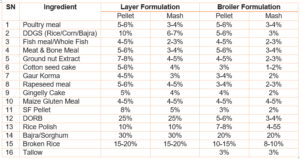



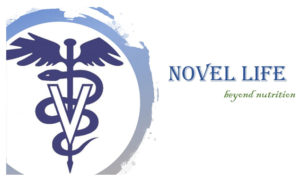 For references, questions and feedback write to Novel Life Consultants, Bangalore. Email id is
For references, questions and feedback write to Novel Life Consultants, Bangalore. Email id is 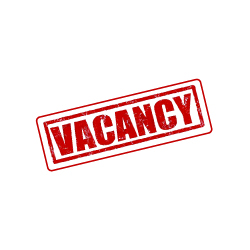
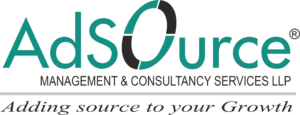

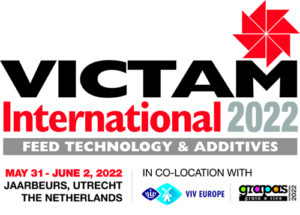 The
The 
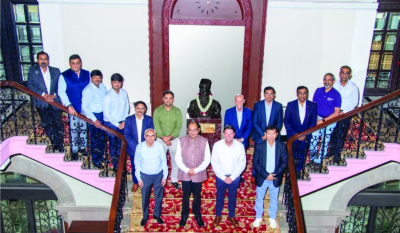



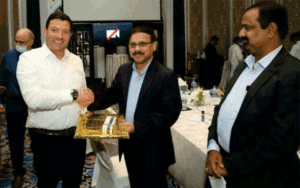

 Royal DSM, a global science-based company active in Nutrition, Health and Sustainable Living, has launched Sustell™ — a first-of-its-kind intelligent sustainability service that delivers accurate, simple, and actionable farm-level solutions – to improve the environmental footprint and profitability of animal protein production. Through Sustell™, DSM is underlining its commitment to its strategic initiative
Royal DSM, a global science-based company active in Nutrition, Health and Sustainable Living, has launched Sustell™ — a first-of-its-kind intelligent sustainability service that delivers accurate, simple, and actionable farm-level solutions – to improve the environmental footprint and profitability of animal protein production. Through Sustell™, DSM is underlining its commitment to its strategic initiative 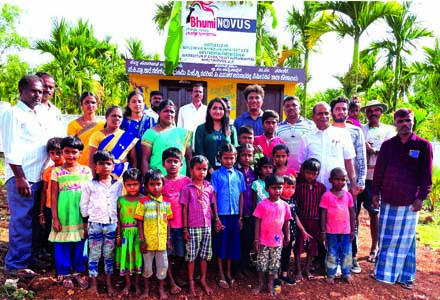





 Over the years, Indian Poultry sector has metamorphosized as one of the most promising sector within the agribusiness spectrum contributing to ~ 5% of the agricultural GDP of India. In recent years, the broiler production and farming has emerged as attractive farming activities due to the higher Return on Investment (ROI) against the land area utilization. There has been a significant improvisation in feed conversion ratio (FCR) and other related production parameters in last one decade as a result of upgradation in genetic traits, superior feed formulations, and scientific management practices. In recent times, the farmers and the integrated broiler chicken producing organizations could achieve remarkable production performance by optimizing the cost driving factors such as FCR, average body weight, liveability and meat yield.
Over the years, Indian Poultry sector has metamorphosized as one of the most promising sector within the agribusiness spectrum contributing to ~ 5% of the agricultural GDP of India. In recent years, the broiler production and farming has emerged as attractive farming activities due to the higher Return on Investment (ROI) against the land area utilization. There has been a significant improvisation in feed conversion ratio (FCR) and other related production parameters in last one decade as a result of upgradation in genetic traits, superior feed formulations, and scientific management practices. In recent times, the farmers and the integrated broiler chicken producing organizations could achieve remarkable production performance by optimizing the cost driving factors such as FCR, average body weight, liveability and meat yield.




